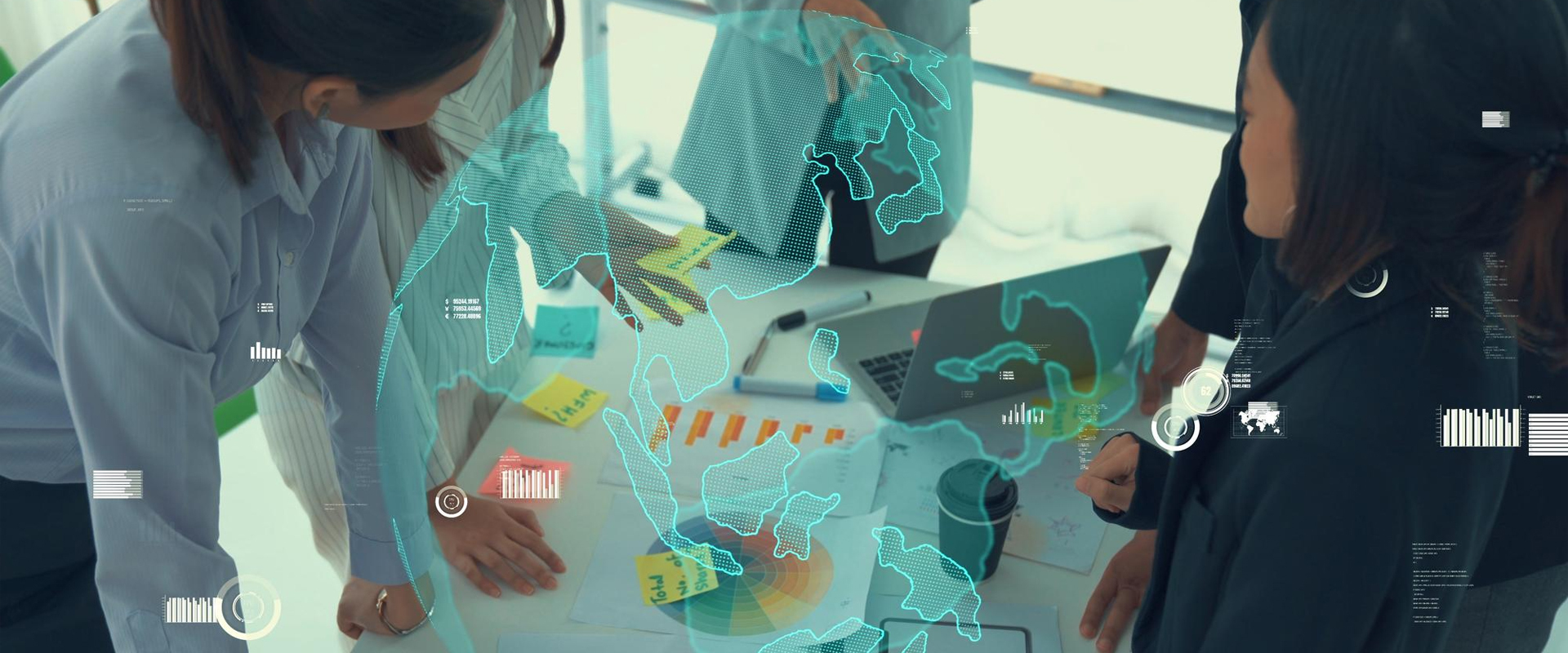Last Updated on January 3, 2025
Introduction:
As automation for physical and mental work advances, the future of many jobs will be redefined. Healthcare organizations will need to redefine jobs and processes so that they can take advantage of the automation potential and be future leaders in the industry. The potential for automation extends far beyond labor savings. The benefits (from higher output to improved data quality and better reliability) typically are much higher compared to the costs. The scale of these advantages is a clear indicator that automated organizations will have a significant competitive edge.
With the dawn of clinical trial automation, drug development is undergoing a revolution that has never been seen before. Minerva Research Solutions is a prominent clinical research organization that believes in incorporating clinical trial automation software and clinical trial automation systems in its research processes.
What is a Clinical Trial Automation System?
When discussing what is a clinical trial automation system, we usually refer to the usage and incorporation of modern technology into the clinical research process to streamline the whole process. It includes clinical trial automation software to automate various aspects of clinical trials. Automation is through dedicated software bots previously trained to carry out certain activities following specified rules and directives programmed on a computer.
How can clinical trial automation systems be used for clinical trials?
According to a McKinsey report, around 45% of the activities we do can easily be automated, which presents a big opportunity for pharmaceutical firms to reduce costs and enhance efficacy.
There are plenty of spheres through which organizations can utilize this technology. These can be used to eliminate carrying out repetitive, rule-based tasks, which are time-consuming and error-prone. With clinical trial automation software, we can automate front-office and back-office tasks, like:
- filling out records and documents
- send automatic notifications
- make schedule entries
- transfer data between systems
- create documents
- ensure data compliance
Advantages of Clinical Trial Automation Systems
Understanding the sums at stake makes it simpler to envision the potential savings achievable through upgradation and automation. According to a study, the cost of each step varies depending on the therapeutic area, ranging from $1.4 million for phase 1 endocrine medications to $52.9 million for phase 3 some phase 3 therapies. Therefore, automation can bring about a multitude of benefits. These are:
Improved Efficiency
Clinical trial automation software improves processes by integrating several IT systems, improving employee productivity, and eliminating human error, RPA has become a helpful technology. It reduces the time and effort required to conduct clinical trials and enables researchers to focus on more important tasks.
Reduced Cost
Manual data entry has its fair share of disadvantages. Clinical trials eliminate the need for manual data entry which is time-consuming and laborious. Manual data entry can reduce the cost of conducting a clinical trial. These financial benefits can result in better profit margins for pharmaceuticals and encourage them to invest more in research. On the other hand, it can also help transfer the monetary benefits directly to the patient.
Increased Accuracy
Inconsistent data is a highly undesirable event. Therefore, every effort is made to improve the accuracy of clinical trials. Manual data entry can often result in a human error that needs to be eliminated.
Faster Time to Market
Time is money, and clinical trials consume a lot of it. With clinical trials, we can reduce the time to bring a drug from investigation to the market, thus helping improve lives.
Improved Patient Safety
Clinical trial automation systems can enhance patient safety through real-time monitoring of patient data and vitals and help to address issues early on as soon as they arise. It can help prevent adverse events and ensure patients receive the best possible care.
Regulatory Submission Process
Regulatory processes are usually slow. It involves the compilation of health records, preparing submissions, monitoring and setting timelines for approvals, overseeing the status of documents, and effective preparation for regulatory inspections. Automation can be effectively used to reduce the time required and eliminate errors in complex regulatory processes.
Patient matching
Automation enables speedy recruitment by carrying out initial screenings with potential participants before they visit the clinics. This lessens the effort put into repetitive tasks during patient recruitment stages.
Challenges To Clinical Trial Automation
The benefits of clinical trial automation are undeniable. Even still, there are issues with its widespread adoption. Some of the key challenges are:
Resistance to Change
Some researchers still prefer traditional methods and may show reluctance. This poses a significant challenge to adoption within the research community.
Cost of Implementation
Clinical trial automation systems can save research organizations a lot of money in the long run, but initial implementation costs may be high. Some organizations may not have an adequate budget to bear automation costs.
Data Security Concerns
A breach in the clinical trial data is a serious issue, so all possible precautions are taken to protect the data. Some organizations and individuals fear this and avoid using software and systems.
Integration with Existing Systems
Integrating traditional clinical trial practices with new systems can be a complex and challenging process. It requires expertise, careful planning, and extensive coordination.
Conclusion
Clinical trial automation is revolutionizing the drug development processes. It is already helping thousands of clinical research institutes by improving efficiency, saving costs, accelerating processes, and improving the overall safety of the participants. However, some challenges prove to be a barrier. These are reluctance to change, the additional cost of implementation, data security concerns, and implementing them with existing systems.
All in all, clinical trial automation is the next revolution in the world of clinical research, and the sooner we realize it, the better. Progressive clinical research organizations like Minerva Research Solutions are quick to adapt to the changing dynamics in the healthcare industry. They are always one step ahead in implementing clinical trial automation.







